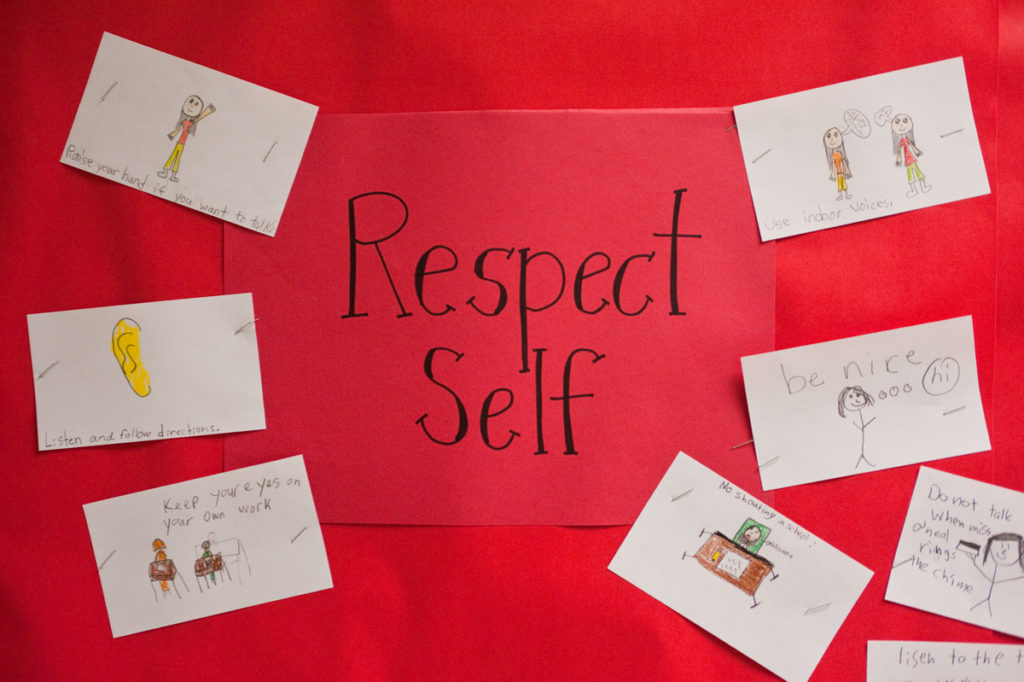
A reality of teaching that all teachers know well is that no matter how effectively we teach, no matter how hard students try, and no matter how many good days the class has together, students will sometimes need more—more direction, more support, more teaching, more time. But in one of those “Aha” moments that sometimes come along just when we need them, I realized recently that just because some students need extra help doesn’t mean the proactive teaching we do every single day is ineffective. Far from it. It’s all the daily teaching of classroom procedures and expectations, all the modeling, practicing, and re-teaching, that make the moments of focused, joyful learning possible and enable us to work productively through the moments of struggle. Here’s how I came to that realization.
A Meltdown in the Midst of Progress
A couple of months into the year, our classroom was beginning to click. More than previous classes, this one had struggled to meet both academic and social expectations. But now, as I looked around the classroom, I saw definite signs of progress. The students’ illustrations of their hopes and dreams (or learning goals) for the year were displayed close to the rules poster they designed together. Students were practicing routines and procedures we’d taught earlier as they navigated the classroom gathering supplies for their math work. I heard academic conversations. And I caught the occasional giggle as students settled into the day’s rhythm. Things felt good!
And then I noticed Ella, very distracted by a piece of paper clutched in her hand. Suddenly she startled her classmates by yelling at another student across the room, “I don’t want to be your friend anyway!”
My sense of accomplishment gave way to frustration and concern. Despite all of our proactive teaching, were my co-teacher and I really helping our students? Were we doing the right things for them? Was all our work working?
Stepping Back for a Longer Look
After stopping Ella’s misbehavior and getting everyone’s learning back on track, I kept a watchful eye on Ella while reflecting on what I’d just observed and why it might have happened. First, I considered all the hard work we’d done—and were still doing—to establish a community of learners who supported one another:
“Quite a list!” I thought, particularly pleased with our progress in using reinforcing language when students struggled. (We’d noticed early in the year that we were tending to focus more on redirecting behavior mistakes than on reinforcing positive efforts). Then I considered the many successes we’d had lately. Ella had learned several strategies for controlling her tendency to lash out and often used them successfully. Kai used a private checklist to keep track of positive comments he made during the day, and his daily average was steadily increasing. A problem-solving conference (and follow-up support) gave Zoelle strategies for handling her aversion to writing. She now usually got to work quickly, without disturbing classmates. And the class as a whole had many periods of sustained, productive work.
Yes, It’s Working
As I reflected, I realized that all students sometimes have the sort of incidents that Ella had that day. But the teaching practices and interventions on my list—along with Morning Meeting, Closing Circle, Academic Choice, and all our other Responsive Classroom practices—were indeed working for her and for all the other students in our class. That’s why I was able to observe all that progress in the moments before Ella’s outburst—and why she was able, with my help, to get back to productive learning so quickly.
Stop, Breathe, Reflect
As you move through a school year, with all of its inevitable ups and downs, I hope you’ll stop now and then to do a bit of reflection and perspective-taking. Remind yourself that all students and all teachers experience good times and challenging ones. And trust that the proactive teaching you do every day not only makes the successes possible; it also makes the additional support effective when students do need it.